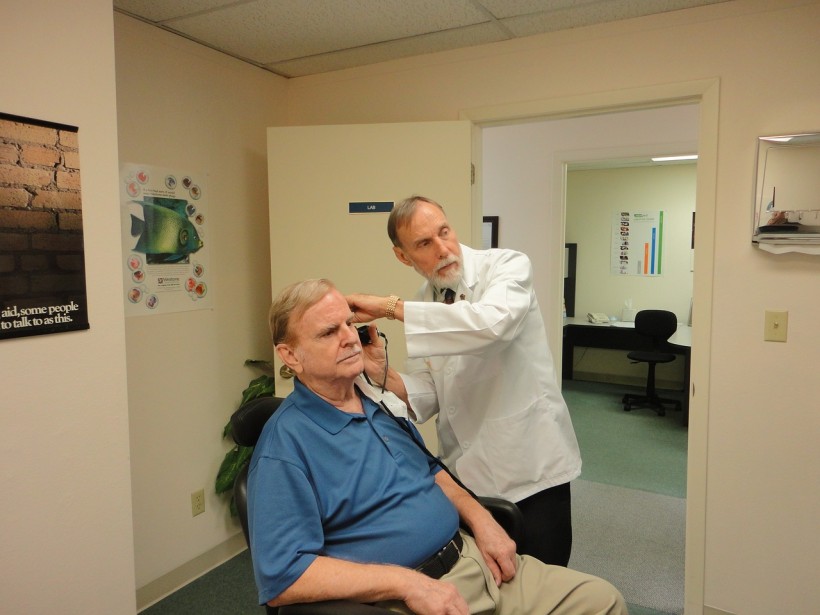One-third of the world's population suffers from age-related hearing loss or presbycusis, as per the National Institute on Deafness and Other Communication Disorders. Noise-induced hearing loss is a sign of presbycusis. The aging ear and the aging brain are linked to the condition, but the relationship between the latter and presbycusis is largely unknown.
In their hunt for answers about how the brain operates in the face of presbycusis, Johns Hopkins Medicine researchers discovered that aged mice were less capable than young mice of "turning off" specific brain cells in the presence of noise. As a result, the sound stage becomes "fuzzy," making it impossible for the brain to focus on one sort of sound and filter out surrounding "noise."

Treating Age-Related Hearing Loss Involves Training the Brain to Filter Out Background Noise, Study Suggests
Aging Brain Has Much To Do With Age-related Hearing Loss
The study, titled "Decreased Modulation of Population Correlations in Auditory Cortex Is Associated with Decreased Auditory Detection Performance in Old Mice" published in The Journal of Neuroscience, indicates that the brain has much to do with the condition and that it may be possible to heal presbycusis by retraining the brain to tamp down wildly active neurons.
Biomedical engineering Professor Patrick Kanold, Ph.d. at The Johns Hopkins University and School of Medicine said that there is more to hearing than the ear and that most people start to experience age-related hearing loss after age 65, such as the inability to pick out individual conversations in a noisy environment.
Scientists recorded the activity of 8,078 neurons in the auditory cortex of a dozen old mice ages between 16-24 months old, and 10 young mice ages between 2-6 months old, Tech Explorist reported. They conditioned the mice to lick a water spout every time there is a tone and then performed the same exercise while playing white noise in the background.
They found that the old mice licked the water spout every time they hear the tone as much as the younger mice when there is no background. But the old mice performed worse when there is white noise present. More so, the young mice tend to lice the spout at the beginning or finish of the tone, while the old mice would lick it even before the tone mistaking the absence for a tone.
READ ALSO: Unique Network of Proteins Restores Hearing in Zebrafish Through Cell Regeneration
Checking Neural Activity Using Two-Photon Imaging
To see how auditory neurons perform during the hearing tests, the team used two-photon imaging which uses fluorescence to identify and measure the activity of hundreds of neurons simultaneously.
When brain circuitry operated properly in the midst of ambient noise, certain neuron activity increased when the mice heard the tone while other neurons got repressed, or shut off, SciTech Daily reported.
The balance swung to having predominantly active neurons in most of the aged mice, and the neurons that were meant to switch off when the tone was played in the midst of a loud background failed to do so.
Additionally, they found that there was up to two times more neuron activity in old mice than in young mice before the tone cue, especially among male mice, causing them to lick the spout before the tone even started.
The experiments show that young mice experienced shifts in the ratio of active brain cells, while old mice have consistent active neurons overall. Also, it shows that young mice could suppress the effects of notice to distinguish certain sounds, while old mice could not.
RELATED ARTICLE: Hearing Loss May Be One of the Signs of Cognitive Decline, Studies Claim
Check out more news and information on Hearing Loss in Science Times.














